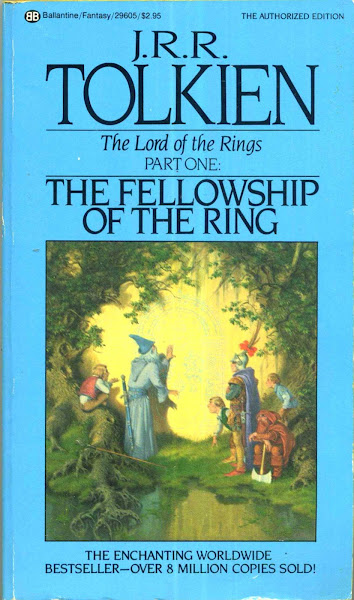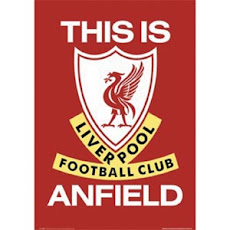A history
lesson
by rick olivares
A few weeks ago, I was in Paris for a
week of touring and sightseeing. One day, after visiting historic Normandy, our
tour bus stopped outside Roland Garros, the famous tennis stadium where one of
the four tennis Grand Slams is played.
I know my French history, borne out of
a love and interest for the past. I know some but not all. With the French Open
a week away from opening, there was some flurry of activity by stadium late in
the afternoon.
As I had broken away from my tour
group, I had to ask someone else to take my picture in front of the stadium.
“Tourist,” asked one gentleman with a
cap who was supervising some work outside.
I nodded vigorously and made sure to
praise the country that I was mightily impressed with not to mention falling in
love with.
“Where have you been in France,” the
man inquired while snapping a photo of my using my iPad.
“Normandy today.”
“Oh,” he said nodding. “You’re
interested in battlefields and historic places then? it should then be of great
interest to you that Roland Garros was named not after a French tennis player
but a World War I pilot!”
I never knew that and listened on.
It turns out that Roland Garros was the
first aviator to cross the Mediterranean Sea non-stop from France to Tunisia.
He also entered air races before listing in the nascent French Air Force during
the outbreak of World War I. Garros was said to have improved on the work of
French aircraft maker Raymond Saulnier when he outfitted his aircraft with
machine guns that changed the course of warfare (although this technique would
be greatly improved by Dutch aviation pioneer Anthony Fokker who plane was
famously flown by Manfred Von Richthofen, the Red Baron). Garros was the first
ever aircraft pilot to shoot down another aircraft in history and was credited
with four German planes knocked out of the sky. Sadly though, a German pilot in
turn killed the pioneer over the Ardennes region in 1918 sometime before the
end of the Great War.
However, because of his contributions
to French history, the tennis center in Paris, built for France’s defines of
the Davis Cup in 1928, was named after him. Incidentally, Garros himself
studied and played tennis although not professionally.
This is kind of unique since other
sites for tennis Grand Slams are named for their site or for tennis players.
The United States National Center was rededicated in 2006 at the Billie Jean
King National Tennis Center. Also within the massive complex is Arthur Ashe
Stadium.
Wimbledon, currently playing played as
of this writing and the oldest tennis tournament in the world (since 1877), is
simply called “Wimbledon” for the southwestern suburb in London where it is
located. The Australian Open, the first of the four Grand Slam events played in
a calendar year, is simply called such while played at Melbourne (although
inside they have the Rod Laver and Margaret Court Arenas).
It sure was a cool history lesson and
in Paris, an ancient city with so many stories to tell.











No comments:
Post a Comment